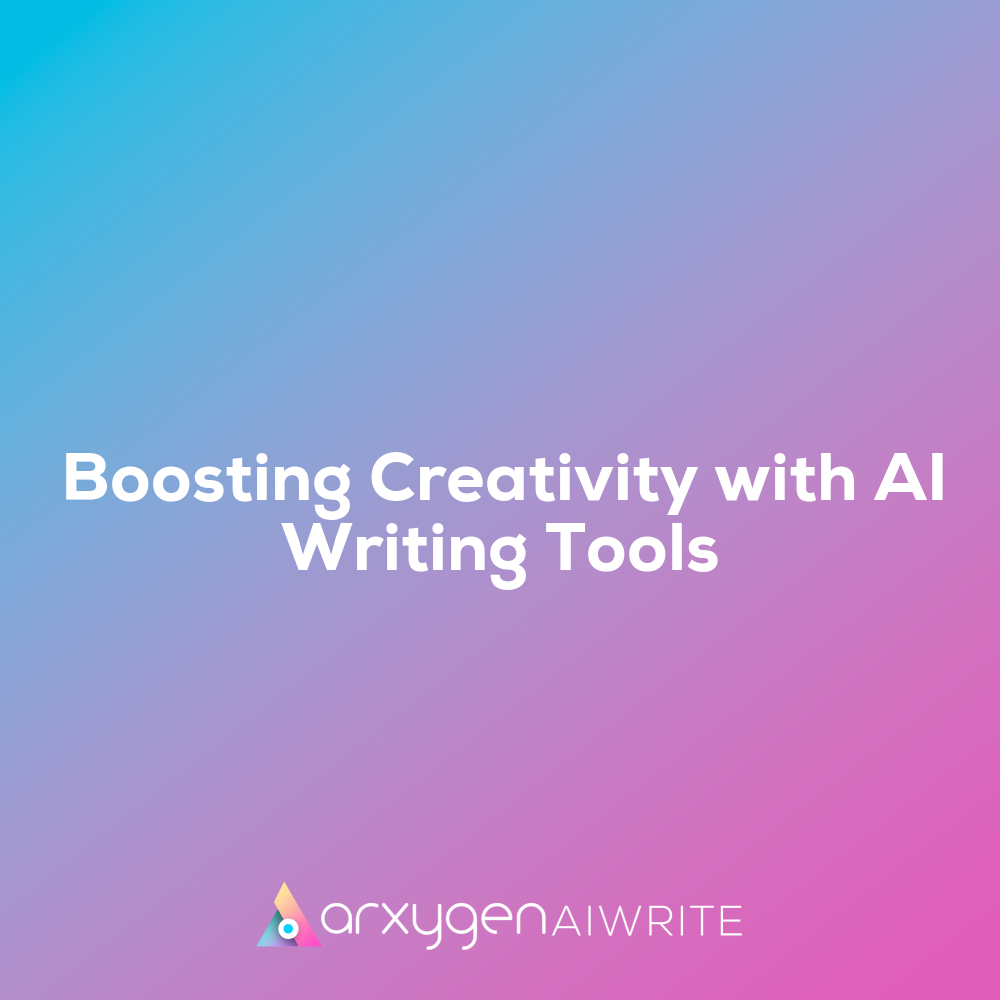Cultivating Creativity: The Role of AI in Transforming Artistic Endeavours
Artificial Intelligence is not merely a tool; it is a catalyst for innovation, reshaping creative processes across a multitude of sectors. From graphic design to music composition, AI technologies are enabling artists to push the boundaries of their imagination. For instance, in the fashion industry, designers are utilising AI algorithms to predict trends and generate unique patterns, resulting in collections that resonate deeply with contemporary audiences. In the realm of music, AI-assisted platforms are helping composers craft melodies that blend traditional styles with modern sensibilities, creating entirely new genres.
Moreover, visual artists have begun to explore AI-generated imagery, often collaborating with these systems to create pieces that challenge conventional notions of authorship and creativity. A notable example can be seen in the world of digital art, where AI tools allow creators to manipulate vast datasets of images, resulting in innovative works that reflect the complexities of human experience. As these technologies evolve, they not only enhance artistic expression but also foster a collaborative spirit between human and machine.
Case Studies: AI as a Partner in Creative Innovation
One compelling case study involves a prominent advertising agency that integrated AI into its creative brainstorming sessions. By analysing consumer behaviour data and historical campaign success, the AI provided insights that informed the team’s creative direction, leading to record-breaking engagement rates. This demonstrates how AI can augment human creativity rather than replace it. Ultimately, as we continue to explore the intersection of artificial intelligence and artistic expression, it becomes increasingly clear that these technologies hold the potential to revolutionise how we conceive and create art.
Exploring AI’s Impact on Creative Industries
In today’s rapidly evolving landscape, artificial intelligence is becoming an invaluable ally for creators across various disciplines. Writers, for instance, can harness AI-powered tools that generate prompts, suggest plot developments, and even refine their prose. This allows authors to break through writer’s block and explore new narrative avenues they may not have considered. Meanwhile, graphic designers are employing AI algorithms to automate repetitive tasks such as image resizing and colour matching, freeing them to focus on the more imaginative aspects of their projects.
In the realm of music, AI applications are revolutionising composition by analysing vast datasets of existing music to create unique melodies and harmonies. Musicians can collaborate with AI systems that suggest chord progressions or even generate entire tracks based on a simple input. This not only enhances creativity but also invites artists to experiment with styles they might typically overlook.
The Role of Generative Algorithms in Creative Processes
Generative algorithms play a pivotal role in producing original content by mimicking human creativity through data analysis. These sophisticated systems can generate artwork that rivals traditional methods, offering endless possibilities for visual expression. For example, artists can input specific themes or styles into an AI model, which then produces a multitude of variations that inspire new directions in their work. As a result, the intersection of technology and artistry fosters a collaborative environment where ideas can flourish.
Moreover, the integration of AI in creative workflows encourages a shift in how we perceive originality. With machines capable of generating art and music, the definition of creativity expands beyond human capability alone. This evolution invites creators to rethink their processes and embrace technology as a partner rather than a competitor. As we navigate this exciting frontier, the synergy between human intuition and machine learning promises to unlock unprecedented levels of innovation across all creative fields.
Exploring the Ethical Implications of AI in Creative Collaboration
As we embrace the potential of artificial intelligence (AI) as a collaborator in creative processes, it’s crucial to address the ethical considerations that arise. The integration of AI into creative fields can lead to questions regarding authorship, originality, and the value of human input. For instance, when an AI generates artwork or music, who truly owns the creation? This dilemma underscores the necessity of maintaining human oversight to ensure that creativity remains a distinctly human endeavour. Without this oversight, there’s a risk that AI could overshadow individual artistic voices, leading to a homogenisation of creative output.
“The essence of creativity lies in human experience, emotion, and intuition—elements that an algorithm cannot replicate.”
Moreover, the evolving relationship between human creativity and AI collaboration presents intriguing possibilities. Imagine a world where artists and writers partner with AI not merely as tools but as co-creators. This partnership could spark new forms of expression and innovation, pushing the boundaries of traditional art forms. However, it’s essential to remain vigilant; while AI can assist in generating ideas or enhancing existing concepts, it should not dictate the creative direction. The essence of creativity lies in human experience, emotion, and intuition—elements that an algorithm cannot replicate.
Additionally, as technology advances, we might see an increase in hybrid forms of creativity where human intuition meets algorithmic precision. For example, an author could use AI to explore different narrative structures while retaining control over character development and thematic depth. This synergy may lead to richer storytelling and more dynamic artistic expressions. Nevertheless, artists must remain cautious about over-reliance on AI systems that could inadvertently stifle their unique voices.
Ultimately, cultivating creativity through AI requires a balanced approach that respects both technological advancements and the irreplaceable qualities of human artistry. As we navigate this complex landscape, ongoing discussions about ethics and collaboration will be vital in shaping a future where both humans and AI can thrive creatively together.

